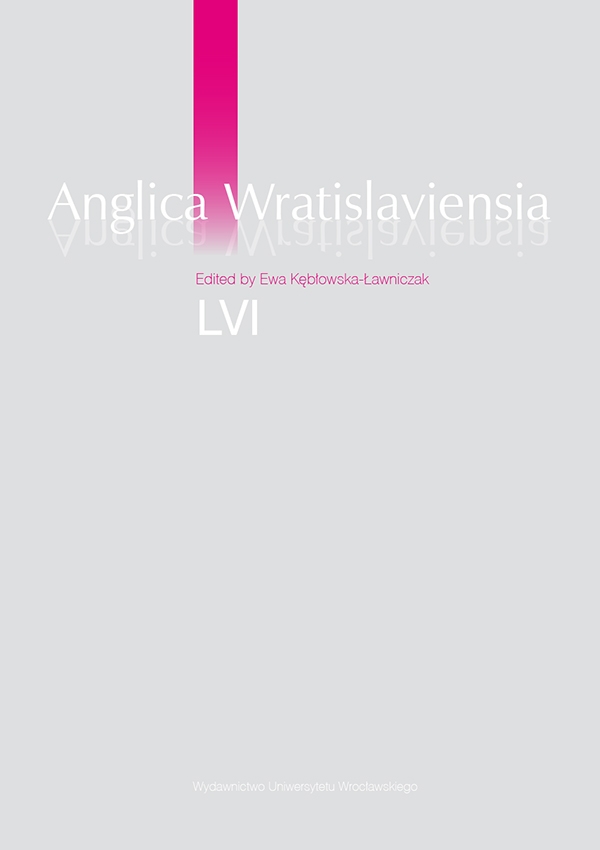

Literature and Culture

Neurocognitive research has confirmed that people perceive and remember the “rooms of their own” similarly to their own bodies. These psychological discoveries yield important new insights into the oeuvre of Virginia Woolf, an avid diarist, flâneuse and experimenter, preoccupied with gendered memory and space available to women in the early 20th century. While there exists an important and growing body of work on Woolf’s interest into women’s emancipation and politics of space, the gendered connection between spatial and temporal aspects of her works remains a little researched area, particularly in the context of neurocognitive theory of memory. This paper argues that in The Voyage Out the representations of the protagonist, Rachel Vinrace, are structured around the processes of autobiographical remembering and spatial perception, as her private rooms serve as loci of her memory and identity. It is then possible to interpret Rachel’s rooms as her spatial portraits, which perceived by other characters tell their inhabitant’s life story. A similar role could be attributed to the autobiographical memory, which preserves their owner’s temporal portrayals in particular moments of her life.